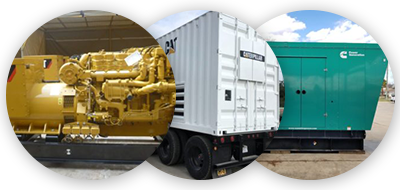Caterpillar
World leader in medium and high speed diesel engines
Available in diesel and natural gas
Reliable and easy to maintain
Comprehensive line of power solutions
-
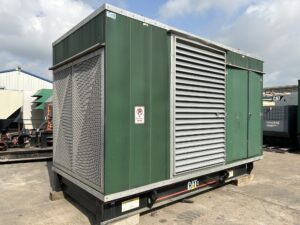
Low Hour Caterpillar G3412 450KW Natural Gas Generator Set
-
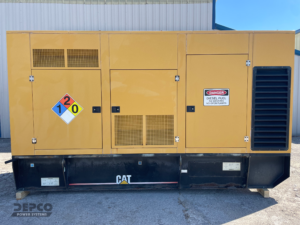
Good Used Caterpillar 3412 500KW Diesel Generator Set
-
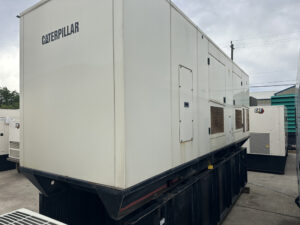
Low Hour Caterpillar 3456 400KW Diesel Generator Set
-
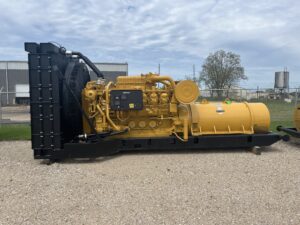
Rebuilt Caterpillar 3512C 1365KW Tier 2 Diesel Generator Set
-
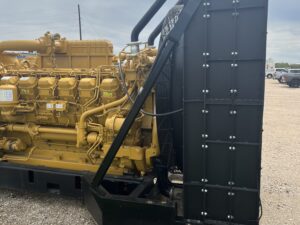
Rebuilt Caterpillar 3512C 1365KW Tier 2 Diesel Generator Set
-
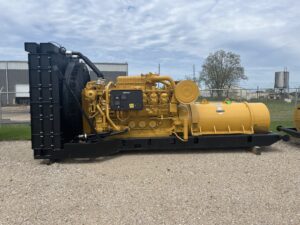
Rebuilt Caterpillar 3512C 1365KW Tier 2 Diesel Generator Set
-
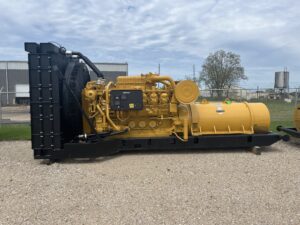
Rebuilt Caterpillar 3512C 1365KW Tier 2 Diesel Generator Set
-
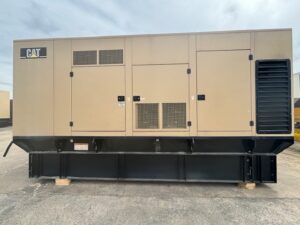
Low Hour Caterpillar 3412 750KW Tier 1 Diesel Generator Set
-
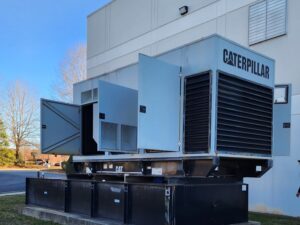
Low Hour Caterpillar 3412 600KW Diesel Generator Set
-
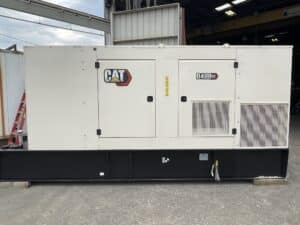
New Caterpillar C13 400KW Tier 3 Diesel Generator Set
-
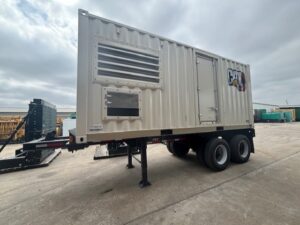
Like New Caterpillar C15 500KW Tier 2 Diesel Generator Set
-
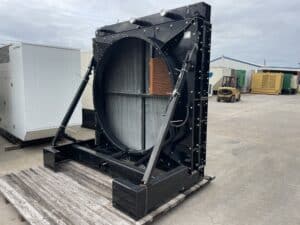
New Surplus 3512 Caterpillar Radiator
-

New Surplus 3512 Caterpillar Radiator
-

New Surplus 3512 Caterpillar Radiator
-

New Surplus 3512 Caterpillar Radiator
-

New Surplus 3512 Caterpillar Radiator
-
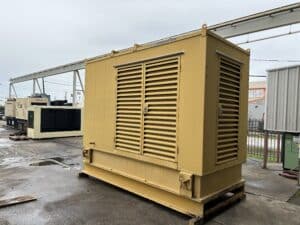
Low Hour Caterpillar 3412 500KW Diesel Generator Set
-
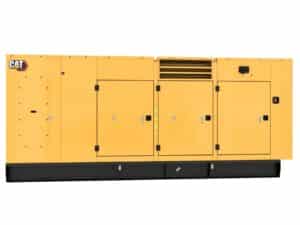
New Caterpillar CG18 500KW Tier 2 Natural Gas Generator Set
-
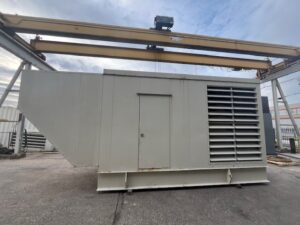
Low Hour Caterpillar 3508DITA 750KW Diesel Generator Set
-
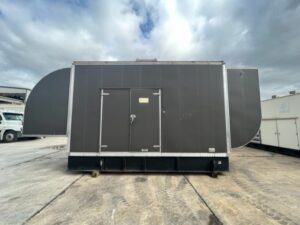
Low Hour Caterpillar C15 500KW Tier 2 Diesel Generator Set
-
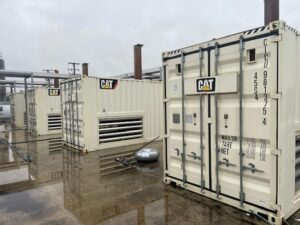
Good Used Caterpillar G3516C 1475KW Natural Gas Generator Set
-

Good Used Caterpillar G3516C 1475KW Natural Gas Generator Set
-

Good Used Caterpillar G3516C 1475KW Natural Gas Generator Set
-

Good Used Caterpillar G3516C 1475KW Natural Gas Generator Set
-
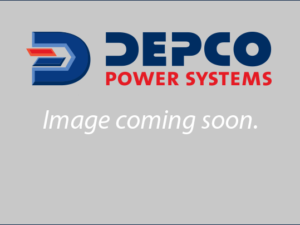
Caterpillar 3512 Crankshaft
-

Caterpillar 3512 Block
-
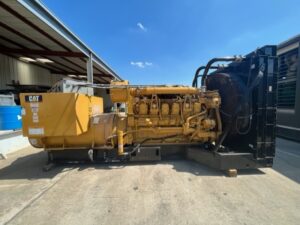
Low Hour Caterpillar 3512B 1500KW Diesel Generator Set
-
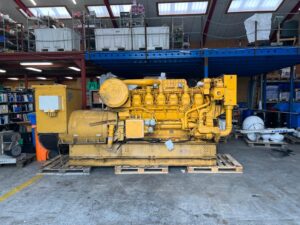
Used Caterpillar 3512B 1070KW Tier 1 Diesel Generator Set
-
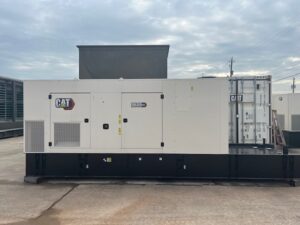
New Caterpillar C18 600KW Tier 2 Diesel Generator Set
-

New Caterpillar C18 600KW Tier 2 Diesel Generator Set
-
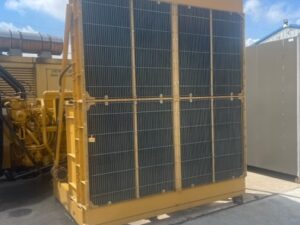
Low Hour 3516 Caterpillar Radiator
-
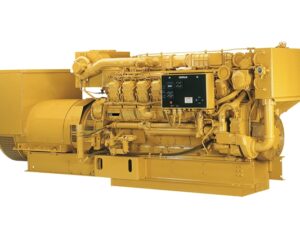
Rebuilt Caterpillar 3516B 1825KW Tier 1 Diesel Generator Set
-

Rebuilt Caterpillar 3516B 1825KW Tier 1 Diesel Generator Set
-
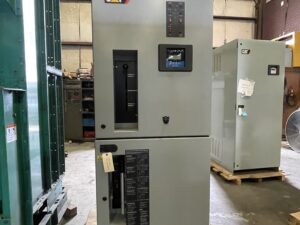
New Caterpillar CTS 400 Amp Transfer Switch
-
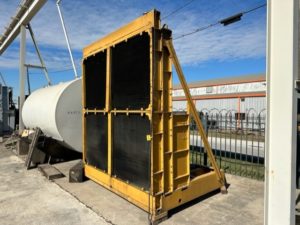
Good Used 3516 Caterpillar Radiator
-
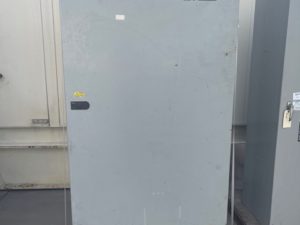
Good Used Caterpillar CTG 800 Amp Transfer Switch
-
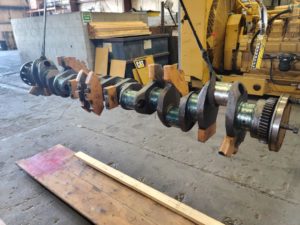
New Caterpillar D399 Crankshaft
-

New Surplus Caterpillar 3500 Series Other
-
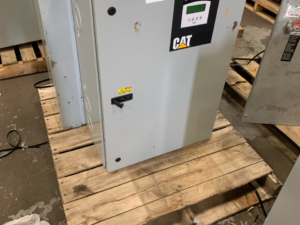
Low Hour Caterpillar CTG 225 Amp Transfer Switch
-
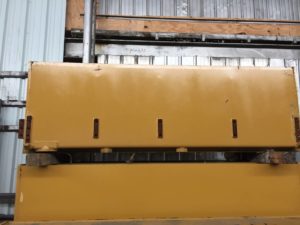
New Surplus Caterpillar 3516 Oil Pans
-
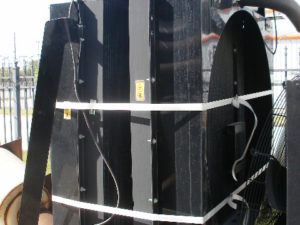
Like New Caterpillar Radiator
